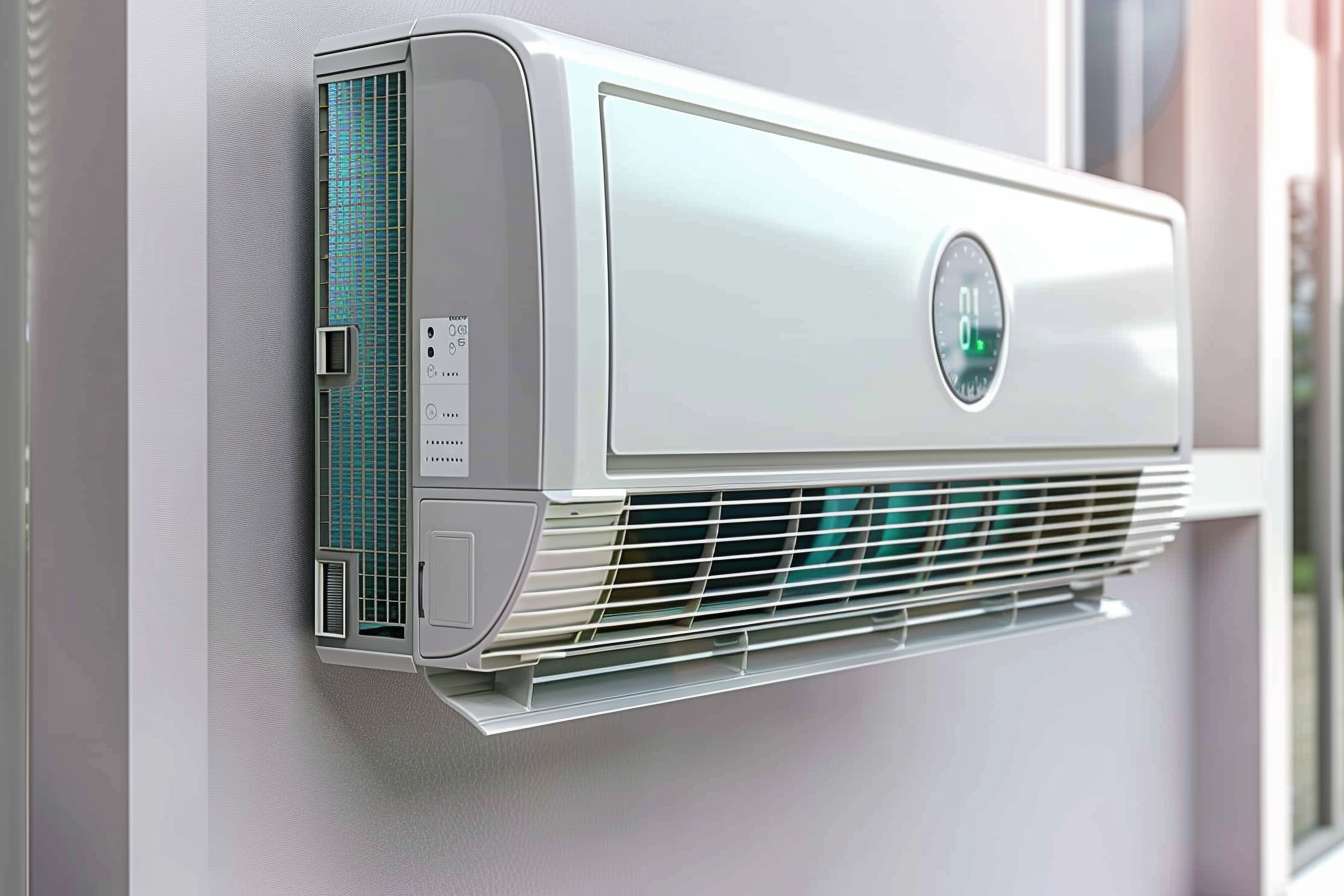Smart climate and lighting controls for consistent sleep patterns
Maintaining consistent sleep patterns often depends on the bedroom environment as much as on habits. Smart climate and lighting controls can create predictable conditions—stable temperatures, gradual lighting shifts, and improved air quality—so your body finds and keeps a natural rhythm. This article explains practical strategies for integrating controls with room design and sound management to support steady sleep cycles.

How does temperature influence sleep and what controls help?
Temperature is one of the strongest environmental cues for sleep. Bedrooms that stay too warm or fluctuate widely can interrupt slow-wave and REM sleep. Smart thermostats and localized climate controls let you set schedules and temperature ramps that align with your bedtime routine—cooling slightly at night and warming briefly in the morning to support waking. Combined with proper insulation and targeted ventilation, these systems reduce drafts and sudden swings, so the room stays nearer to the ideal range for most sleepers.
Beyond basic scheduling, integrating sensors that monitor humidity and temperature across the room helps avoid microclimates. Place sensors away from radiators or direct sunlight for accurate readings and use zoning if you share a home; bedroom-focused controls are preferable to whole-house changes when the goal is stable sleep conditions.
How should lighting be managed to support circadian rhythm?
Lighting controls can simulate natural dusk and dawn, using tunable white LEDs to shift color temperature and intensity across the evening and morning. Gradual dimming and warmer light in the hour before sleep reduce blue-light exposure, while a gentle increase in bright, cooler light in the morning supports cortisol-driven wakefulness. Smart bulbs, programmable fixtures, and scene presets allow consistent timing that reinforces the body’s internal clock.
Consider pairing lighting schedules with blackout options—motorized shades or smart window coverings—to prevent external light intrusions. Biophilic fixtures or lighting that mimics natural patterns can further strengthen circadian cues when outdoor light is limited.
What role do air quality and ventilation play in steady sleep?
Air quality directly affects sleep continuity. Elevated CO2, pollutants, or high humidity can lead to restlessness and nighttime awakenings. Smart ventilation systems and air-quality monitors track particulate levels, humidity, and CO2 and can trigger low-level ventilation or filtration during the night without producing disruptive noise. Maintaining balanced ventilation also helps prevent odors and stale air that might otherwise degrade sleep quality.
When installing ventilation, prioritize quiet systems designed for bedrooms and coordinate them with temperature control to avoid conflicting signals (for instance, HVAC heat cycles that raise room temperature during a scheduled cool-down). Local services can evaluate ducting and recommend quiet inline fans or heat-recovery options appropriate for your layout.
How do acoustics, soundproofing, and insulation support consistent rest?
Sound disturbances are a common sleep disruptor. Effective acoustics and soundproofing—through wall insulation, double-glazed windows, and door seals—reduce external noise and prevent sudden awakenings. Insulation also stabilizes temperature, helping climate controls work more efficiently. Interior choices such as heavy curtains, upholstered furniture, and soft textiles absorb sound and reduce echo, creating a calmer sleep environment.
For persistent noise issues, consider targeted solutions: mass-loaded vinyl for walls, acoustic panels placed on reflective surfaces, or white-noise options integrated into smart speakers. Assessing sound sources and prioritizing the most intrusive ones helps local services deliver focused, cost-effective improvements.
In what ways do layout, privacy, and storage affect sleep-friendly control setups?
Bedroom layout and privacy shape how climate and lighting systems should be deployed. Place controls and sensors where they won’t be blocked by furniture or closets and ensure device placement does not compromise privacy—use encrypted smart-home ecosystems and limit camera-equipped devices in private spaces. Smart lighting and climate hardware should be accessible but discreet, with controls that integrate into bedside routines.
Storage and materials also matter: cluttered rooms trap heat and reduce airflow, while breathable storage solutions and natural materials can moderate moisture and help ventilation work more predictably. Thoughtful layout reduces competing environmental zones and supports uniform sensor readings.
Which materials and biophilic elements help maintain consistent sleep patterns?
Selecting materials with favorable thermal and acoustic properties—such as dense insulation in walls, natural fiber textiles, and low-emission finishes—improves both climate stability and indoor air quality. Biophilic elements like plants (chosen for low VOC emissions and low maintenance), natural wood accents, and views to the outdoors can strengthen circadian cues and psychological comfort without interfering with automated systems.
When integrating plants, choose species that don’t raise nighttime humidity substantially and pair them with smart air-quality monitoring. Material choices that balance thermal mass and breathability help climate controls maintain steadier temperatures and reduce the need for frequent corrective cycles.
This article is for informational purposes only and should not be considered medical advice. Please consult a qualified healthcare professional for personalized guidance and treatment.
Conclusion Smart climate and lighting controls work best when combined with soundproofing, proper insulation, thoughtful layout, and material choices that promote steady indoor conditions. Coordinated systems—temperature ramps, tuned lighting schedules, quiet ventilation, and effective acoustics—create predictable cues that help the body maintain consistent sleep patterns. Careful placement of sensors, attention to privacy, and integration with bedroom storage and biophilic elements round out an approach that supports restful, regular sleep without excessive complexity.





